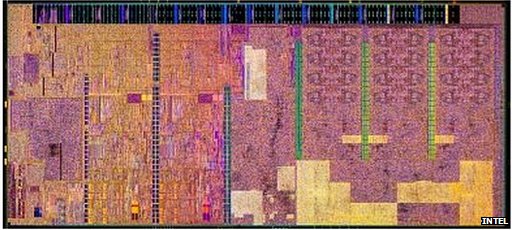ScienceRocks
Democrat all the way!
- Thread starter
- Banned
- #461
Tiny chip mimics brain, delivers supercomputer speed
Read more at: Tiny chip mimics brain, delivers supercomputer speed
Researchers Thursday unveiled a powerful new postage-stamp size chip delivering supercomputer performance using a process that mimics the human brain.
The so-called "neurosynaptic" chip is a breakthrough that opens a wide new range of computing possibilities from self-driving cars to artificial intelligence systems that can installed on a smartphone, the scientists say.
The researchers from IBM, Cornell Tech and collaborators from around the world said they took an entirely new approach in design compared with previous computer architecture, moving toward a system called "cognitive computing."
"We have taken inspiration from the cerebral cortex to design this chip," said IBM chief scientist for brain-inspired computing, Dharmendra Modha, referring to the command center of the brain.
Read more at: Tiny chip mimics brain, delivers supercomputer speed







